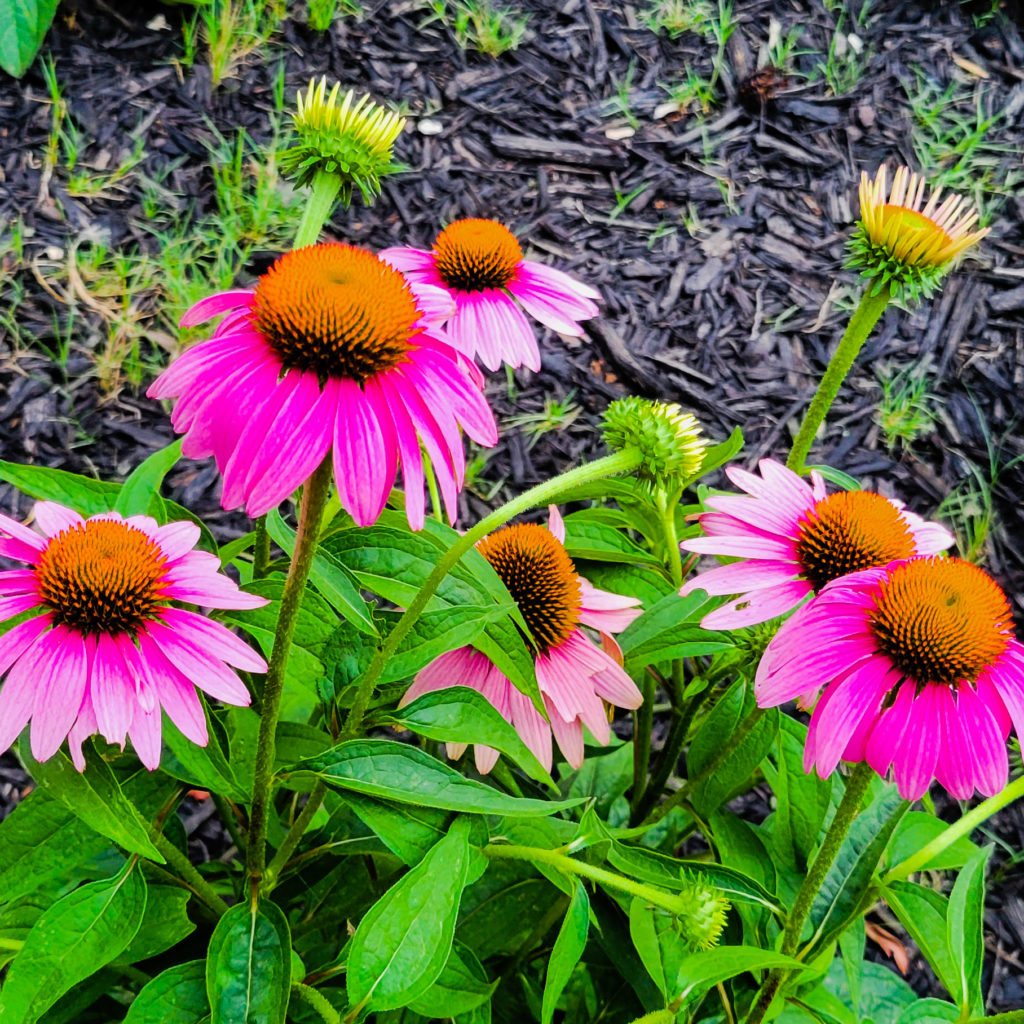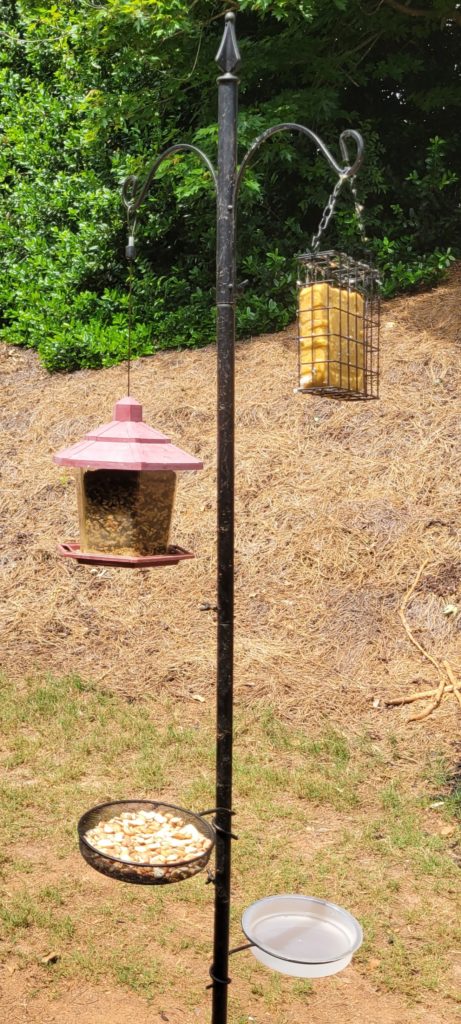Do you love birds and small animals? Do you want to make your backyard more inviting and hospitable for them? If so, you are not alone. Many homeowners enjoy watching and interacting with wildlife in their backyards. Not only is it fun and relaxing, but it also has many benefits for you and the environment.
In this blog post, I will share some tips and tricks on creating a backyard haven for wildlife. You don’t need a lot of space or money to do this. All you need is some creativity and enthusiasm.

Plant native plants
One of the best ways to attract wildlife to your backyard is to plant native plants. Native plants grow naturally in your area and are adapted to the local climate and soil conditions. They provide food, shelter, and nesting sites for many birds and animals. They also help conserve water, prevent soil erosion, and reduce the need for pesticides and herbicides.
Some examples of native plants that are good for wildlife are:
- Sunflowers: These bright and cheerful flowers attract bees, butterflies, and hummingbirds. They also produce seeds that many birds love to eat.
- Milkweed: This plant is essential for monarch butterflies, as it is the only food source for their caterpillars. It also attracts other pollinators and provides nectar for hummingbirds.
- Coneflowers: These purple or pink flowers are a favorite of bees, butterflies, and songbirds. They also have seed heads that provide food for finches and sparrows in the winter.
- Berry bushes: These shrubs produce fruits that many birds and mammals enjoy. Some examples are blueberries, raspberries, blackberries, elderberries, and serviceberries.
Add a bird feeder
A bird feeder is a great way to attract and feed birds in your backyard. You can choose from different types of bird feeders, such as tube feeders, platform feeders, hopper feeders, or suet feeders. You can also make your own bird feeder by using recycled materials such as plastic bottles, milk cartons, or pine cones.
The type of bird feeder you choose will determine the type of birds you attract. For example:
- Tube feeders are good for small birds such as finches, sparrows, and titmice. They have small holes and perches that prevent larger birds from accessing the seeds.
- Platform feeders are good for ground-feeding birds such as doves, juncos, and cardinals. They have a flat surface that allows birds to pick up the seeds easily.
- Hopper feeders are good for medium-sized birds such as jays, woodpeckers, and nuthatches. They have a roof and a tray that hold a large amount of seeds and protect them from rain and snow.
- Suet feeders are good for insect-eating birds such as chickadees, wrens, and warblers. They have a cage or a mesh that holds a block of suet or fat mixed with seeds and nuts.
The type of food you offer will also affect the type of birds you attract. For example:
- Black-oil sunflower seeds are the most popular and versatile food for birds. They attract a wide variety of birds and have a high oil content that provides energy and warmth.
- Nyjer seeds are small and black seeds that are favored by finches and siskins. They have a high protein content that helps birds during molting and breeding seasons.
- Peanuts are rich in fat and protein and attract woodpeckers, jays, nuthatches, and titmice. They can be offered whole or shelled, but make sure they are unsalted and unroasted.
- Suet is a mixture of animal fat and seeds or nuts that attracts insect-eating birds. It provides a lot of calories and helps birds survive the cold winter.
When offering food to birds, make sure to:
- Clean your bird feeder regularly to prevent mold and diseases.
- Place your bird feeder in a safe and visible location away from predators and windows.
- Refill your bird feeder often to keep the birds coming back.
By adding a bird feeder to your backyard, you can enjoy watching and feeding the birds all year round. You can also help them survive and thrive in their natural habitat.
Provide water sources
Another way to make your backyard more appealing to wildlife is to provide water sources. Water is essential for all living things, especially in hot and dry seasons. You can create a simple birdbath by filling a shallow dish or bowl with fresh water and placing it on a pedestal or a flat surface. You can also add some rocks or pebbles to make birds’ perch and drink easier.
You can also create a small pond or fountain by digging a hole in the ground and lining it with plastic or rubber. You can add some plants, rocks, or logs to make it more natural-looking. You can also install a pump or a solar panel to create a gentle water flow. A pond or fountain will attract birds, frogs, turtles, dragonflies, and other aquatic creatures.
Create shelter and nesting sites
Another tip to create a backyard haven for wildlife is to build shelters and nesting sites. The shelter is essential for animals to hide from predators, rest, and raise their young. Nesting sites are places where animals can build nests and lay eggs.
You can create shelter and nesting sites by:
- Leaving some dead trees or branches in your backyard. These provide cavities and crevices for birds, squirrels, bats, and insects to nest in.
- Piling up some rocks or logs in a corner of your backyard. These create hiding places for snakes, lizards, chipmunks, and other small animals.
- Hanging some birdhouses or nest boxes in your backyard. These provide artificial nesting sites for birds that prefer cavities, such as bluebirds, chickadees, wrens, and woodpeckers.
- Planting some evergreen trees or shrubs in your backyard. These provide year-round shelter and cover for birds and mammals.
By following these tips and tricks, you can create a backyard oasis.
